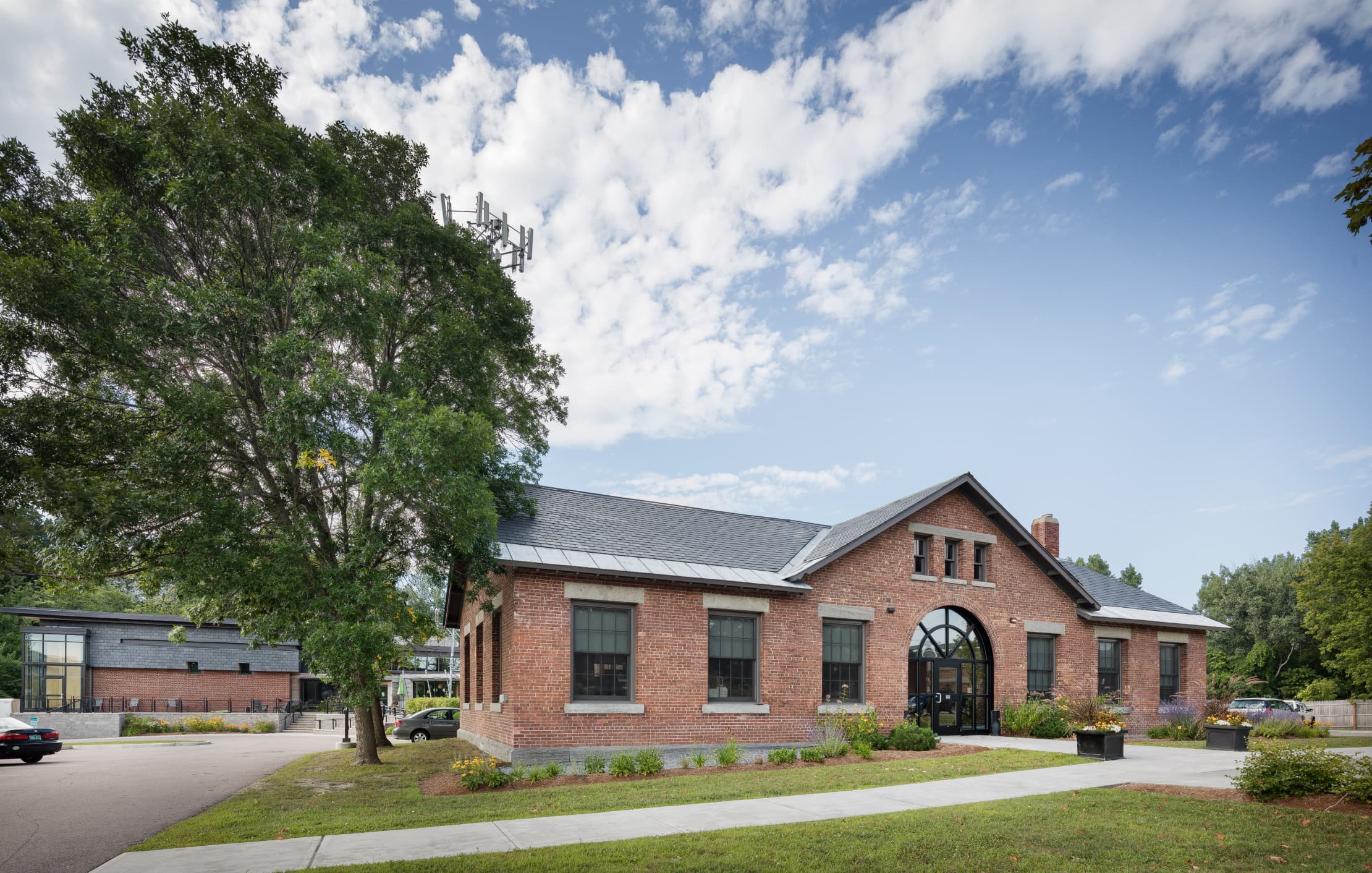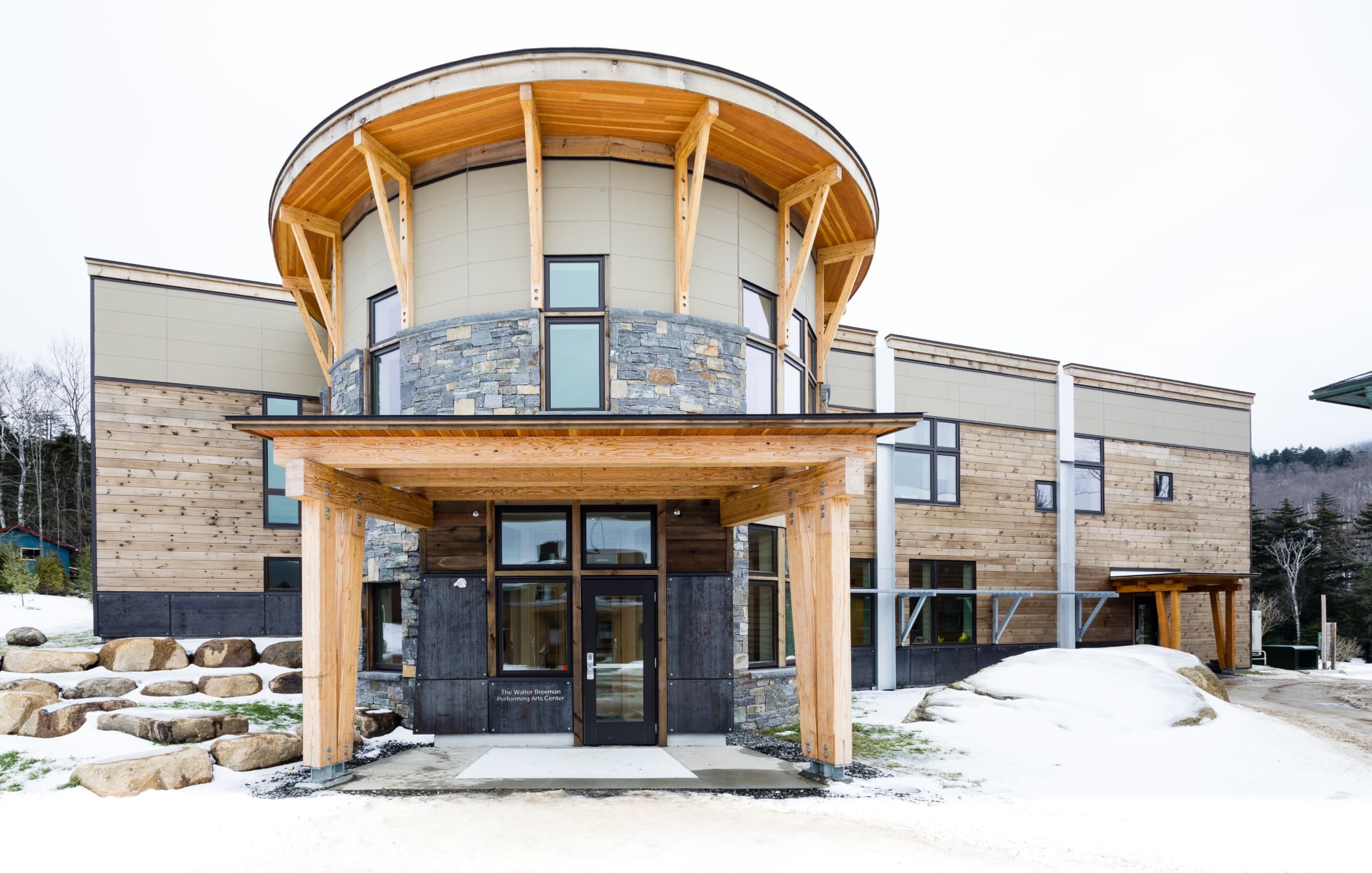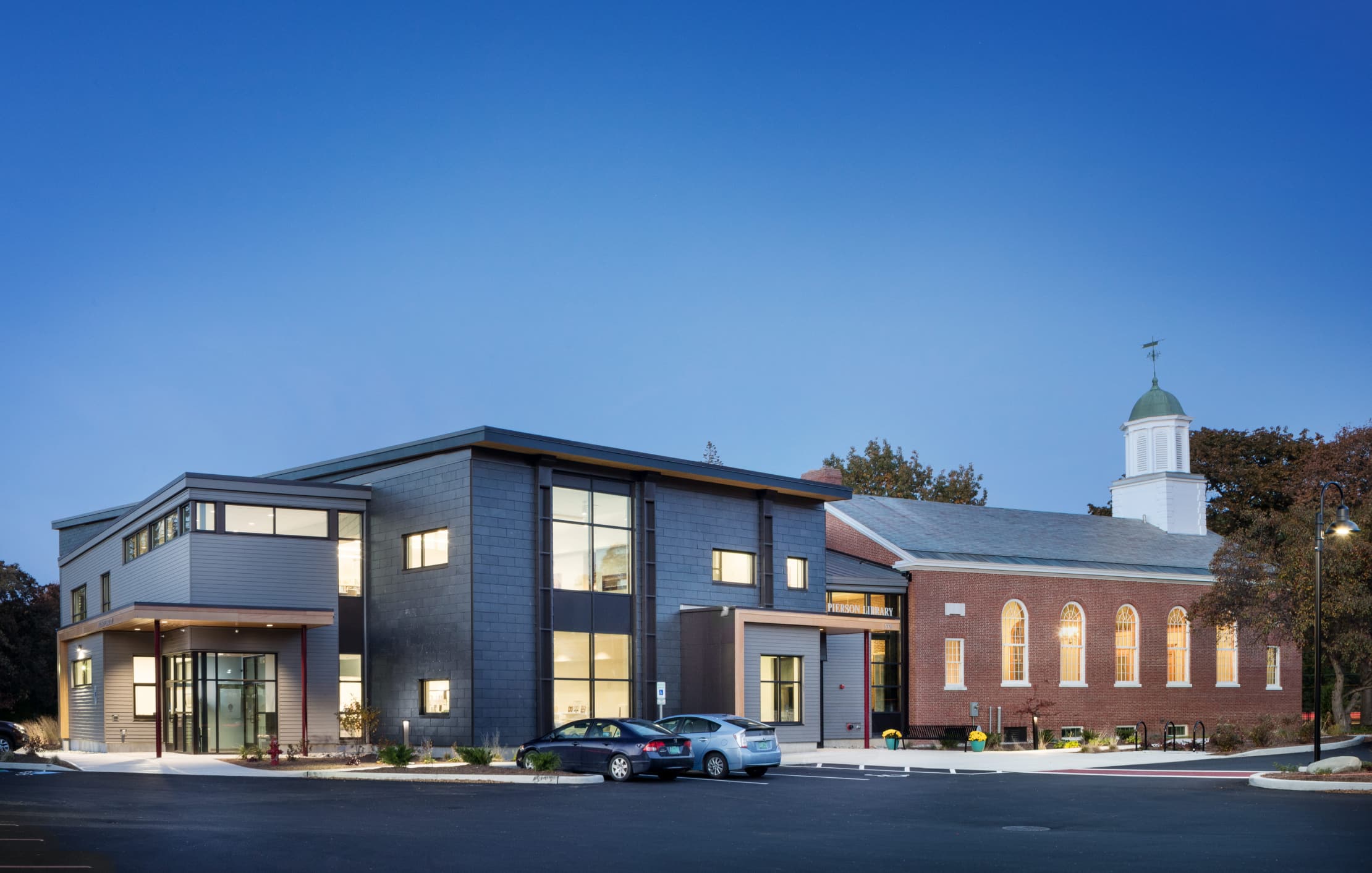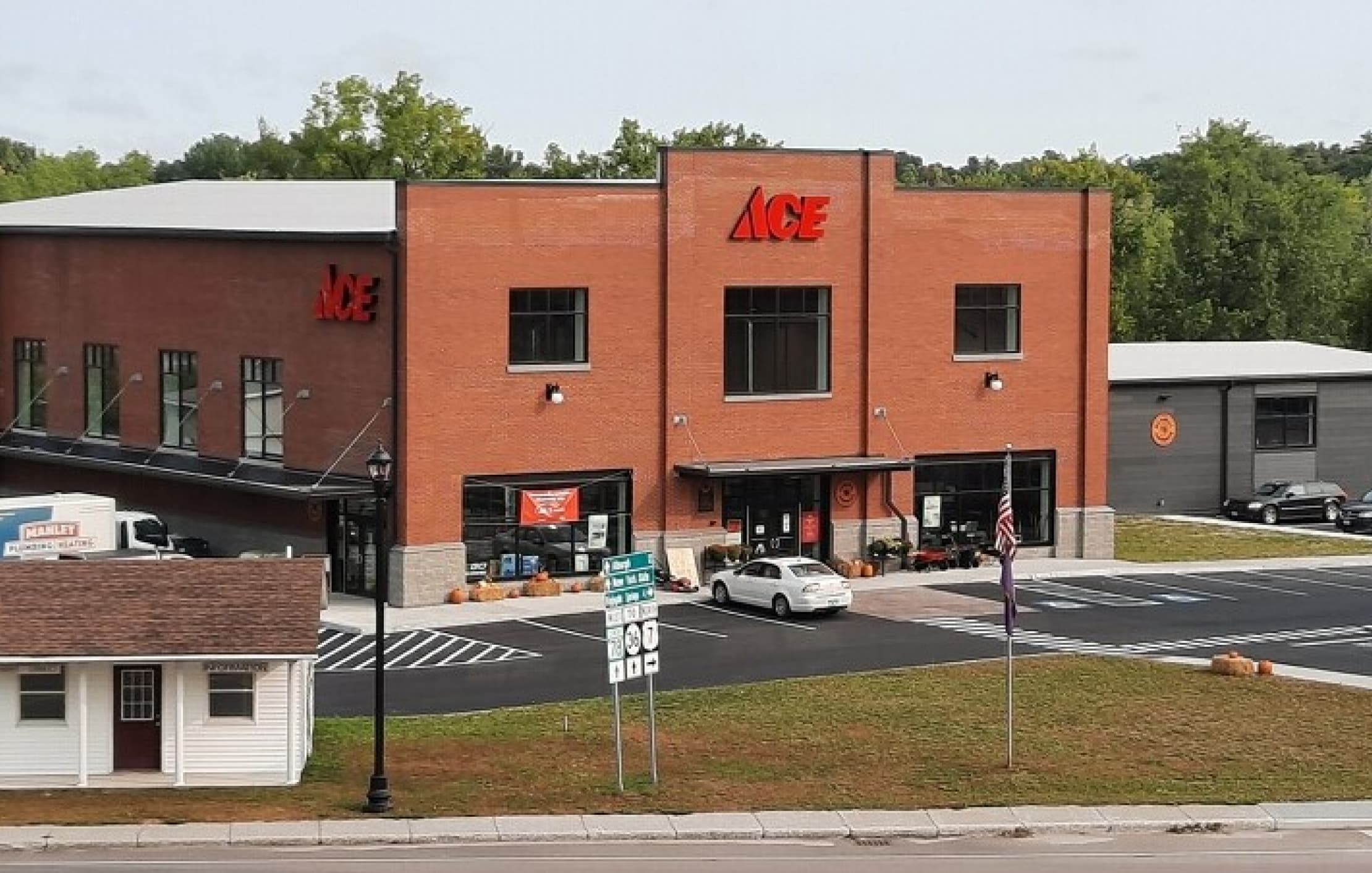Fire Pump Guide for Your Vermont Business

Understanding the Basics of Fire Pumps
Your building’s fire sprinkler system is the backbone of its fire protection plan. However, some municipal water systems don’t have sufficient water pressure to meet the hydraulic design requirements of your sprinkler system. In those cases, a fire pump provides high-pressure water accessibility and increases the overall water flow rate, delivering the highest level of fire protection for your residential or commercial building or facility.
Want to know whether you should have one installed at your Vermont building or facility? Contact Firetech to learn more.
Types of Fire Pumps
Where required, a well-designed and professionally installed pump bolsters your building’s ability to control a fire.
There are numerous types of fire pumps available, and the one you should choose depends on multiple factors. The two main categories of fire pumps are positive displacement and centrifugal:
- Positive displacement pumps capture a specific volume of water per pump revolution and push it out through a discharge line. The way they operate is similar to a bicycle pump, which creates high pressure but has limited flow volume.
- Centrifugal pumps are the most commonly used type of fire pump. The pump’s pressure is developed by a spinning force. Water then enters a suction inlet and passes to the center of an impeller. As the impeller rotates, it drives the water by centrifugal force to the rim, where it discharges. Centrifugal pump configurations include horizontal split-case, vertical turbine, in-line, end suction, and multistage multiport pumps.
When choosing a fire pump, you need to consider if the pump:
- Is large enough for the flow required to move through it.
- Needs to be driven by an electric motor or diesel engine.
- Can provide the pressure needed to allow your sprinkler system to function correctly.
- Creates the correct pressure for its components.
Can Your Business Benefit From a Fire Pump?
If a fire pump is required for your project, the Vermont Division of Fire Safety regulations requires the pump to be installed per NFPA 20 regulations. Building owners and managers must also submit a complete plan and detailed information about the pump, including its power supply, for approval.
Many businesses and industries can benefit from installing a fire pump as part of their fire protection plan. Common fire pump applications include:
- High-rise buildings: If a fire breaks out on an upper floor of a high-rise structure, its sprinkler heads might need extra help creating the necessary water pressure to douse the flames.
- Storage warehouses: The larger a space, the greater the demand for higher water pressure. Plus, many warehouses and storage facilities don’t have doors to slow a spreading fire.
- Buildings with storage tanks: Most sprinkler systems get their water from the local municipality. If your facility or building has on-site water storage tanks that power your sprinklers, installing a pump to create high water pressure in case of a fire makes good business sense.
We Can Help!
Contact UsFire Pump & Fire Sprinkler Services You Can Count On
Different types of fire pumps are used in varying situations. Working closely with a professional fire sprinkler contractor like Firetech Sprinkler Corp. ensures your fire pump provides the pressure needed for optimal fire protection. With 30 years of experience designing, installing, maintaining, and repairing commercial and residential fire pumps, we can help you protect your building and the people in it for years to come.
Still have more questions about fire pumps and whether you should have one installed at your building or facility? Contact Firetech today to learn more.








 View All Projects
View All Projects